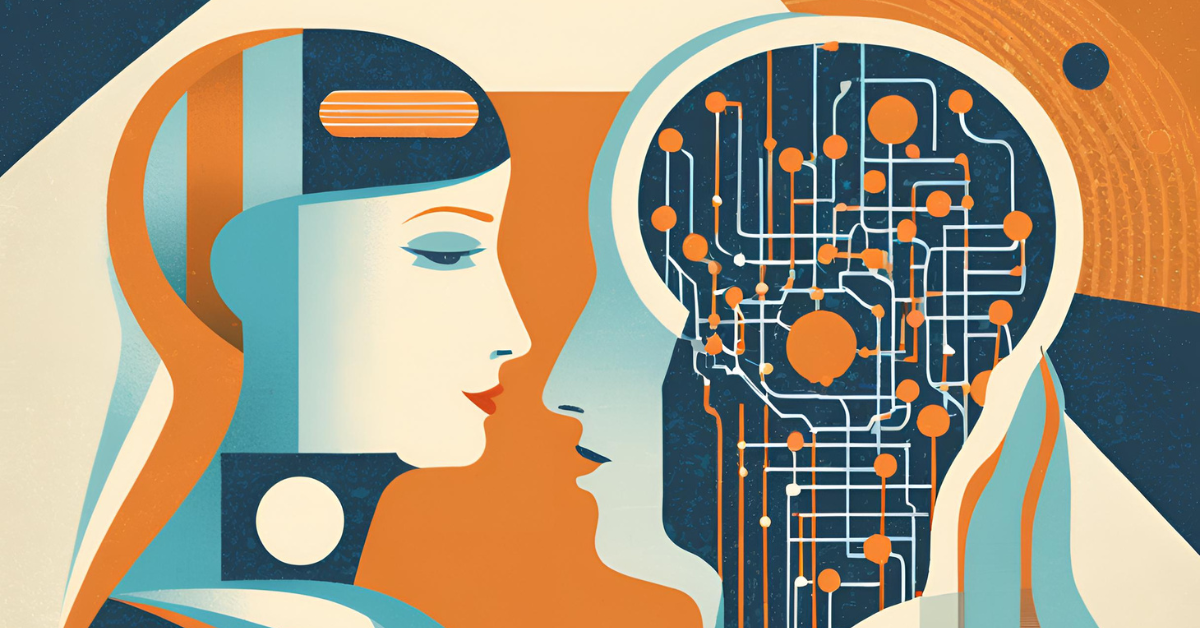
Introduction
Machine learning (ML) is a branch of artificial intelligence (AI) that focuses on building systems capable of learning from data and making decisions with minimal human intervention. As businesses and technologies evolve, the application of machine learning has become increasingly prevalent across various domains, from healthcare and finance to marketing and robotics. Understanding the common algorithms used in machine learning is essential for anyone looking to leverage this technology.
Importance of Machine Learning Algorithms
Machine learning algorithms are the backbone of intelligent systems. They enable machines to recognize patterns, make predictions, and improve performance over time. By understanding and applying these algorithms, organizations can harness the power of data to drive innovation, optimize processes, and gain a competitive edge.
Types of Machine Learning Algorithms
1. Supervised Learning
Supervised learning algorithms are used when the training data includes both input variables and corresponding output variables. The algorithm learns a mapping from inputs to outputs and is then able to predict the output for new inputs.
Linear Regression
Linear regression is used for predicting a continuous dependent variable based on one or more independent variables. It’s one of the simplest and most widely used algorithms for predictive analysis.
Logistic Regression
Logistic regression is used for binary classification problems where the output is a categorical variable. It estimates the probability of a certain class or event.
Support Vector Machines (SVM)
Support Vector Machines are used for both classification and regression tasks. They work by finding the hyperplane that best divides the data into classes.
Decision Trees
Decision trees are used for classification and regression tasks. They work by splitting the data into subsets based on the value of input variables, forming a tree structure.
Random Forest
Random forest is an ensemble learning method that uses multiple decision trees to improve accuracy and control over-fitting. It aggregates the predictions of various trees to determine the final output.
2. Unsupervised Learning
Unsupervised learning algorithms are used when the training data only contains input variables, with no corresponding output variables. The algorithm attempts to find patterns and structure in the data.
K-Means Clustering
K-Means clustering is used to partition data into K clusters based on similarity. It iteratively assigns data points to clusters and updates cluster centroids until convergence.
Hierarchical Clustering
Hierarchical clustering builds a tree of clusters by iteratively merging or splitting existing clusters. It can be visualized using a dendrogram.
Principal Component Analysis (PCA)
PCA is used for dimensionality reduction, transforming the data into a new coordinate system with reduced dimensions while preserving most of the variance.
Independent Component Analysis (ICA)
ICA is used for separating a multivariate signal into additive, independent components. It’s widely used in signal processing and data analysis.
3. Reinforcement Learning
Reinforcement learning algorithms are used when an agent interacts with an environment to achieve a goal. The agent learns by receiving rewards or penalties based on its actions.
Q-Learning
Q-Learning is a model-free reinforcement learning algorithm. It learns a policy that tells an agent what action to take under what circumstances by using a Q-value table.
Deep Q-Networks (DQN)
DQN is an extension of Q-Learning that uses deep neural networks to approximate the Q-values, enabling the agent to handle more complex environments with high-dimensional state spaces.
Policy Gradient Methods
Policy gradient methods optimize the policy directly by computing gradients and updating the policy parameters to maximize cumulative rewards.
4. Semi-Supervised Learning
Semi-supervised learning algorithms use both labeled and unlabeled data for training. They are particularly useful when labeled data is scarce or expensive to obtain.
Self-Training
Self-training involves training a model on labeled data and then using its predictions on unlabeled data to iteratively retrain the model.
Co-Training
Co-training involves training two models on different views of the data and using each model’s predictions to label the data for the other model, leveraging both labeled and unlabeled data.
5. Ensemble Learning
Ensemble learning algorithms combine the predictions of multiple models to improve accuracy and robustness.
Bagging
Bagging, or Bootstrap Aggregating, involves training multiple models on different subsets of the data and averaging their predictions. Random forest is an example of a bagging method.
Boosting
Boosting involves training multiple models sequentially, where each model tries to correct the errors of the previous ones. Popular boosting algorithms include AdaBoost and Gradient Boosting Machines (GBM).
Stacking
Stacking involves training multiple models and using their predictions as input to a higher-level model, which makes the final prediction.
Key Features of Machine Learning Algorithms
Interpretability
The ease with which humans can understand the model’s predictions. Linear models and decision trees are generally more interpretable than deep neural networks.
Scalability
The ability of the algorithm to handle large datasets efficiently. Algorithms like random forest and gradient boosting are known for their scalability.
Flexibility
The algorithm’s ability to adapt to various types of data and tasks. Neural networks, for example, are highly flexible and can be used for a wide range of applications.
Performance
The accuracy and reliability of the algorithm’s predictions. Ensemble methods and deep learning algorithms often provide superior performance in complex tasks.
Speed
The time required to train the model and make predictions. Simple algorithms like linear regression and k-means clustering are usually faster than complex models like deep neural networks.
Real-Time Examples of Machine Learning Algorithms
Healthcare Diagnostics
In healthcare, machine learning algorithms are used to predict patient outcomes and diagnose diseases. For example, decision trees and random forests can help identify patterns in patient data that indicate the presence of a disease.
Financial Fraud Detection
Banks and financial institutions use logistic regression and SVMs to detect fraudulent transactions. These algorithms analyze transaction patterns and flag anomalies that could indicate fraud.
E-commerce Recommendation Systems
E-commerce platforms like Amazon use collaborative filtering and neural networks to recommend products to users. These algorithms analyze user behavior and preferences to suggest relevant items.
Autonomous Vehicles
Autonomous vehicles rely on a combination of reinforcement learning and computer vision algorithms to navigate and make decisions in real-time. DQNs and policy gradient methods are commonly used in these applications.
Natural Language Processing (NLP)
In NLP, algorithms like PCA and ICA are used for text analysis and sentiment detection. Deep learning models, such as recurrent neural networks (RNNs) and transformers, are used for more complex tasks like language translation and speech recognition.
Summary of Key Points
Understanding common machine learning algorithms is essential for leveraging the power of AI in various applications. Each algorithm has its strengths and weaknesses, and the choice of algorithm depends on the specific task and data characteristics. We would be covering practical Implementation of each algorithm in future posts. Happy Learning 🙂
![]()
Subscribe to QABash Weekly 💥
Dominate – Stay Ahead of 99% Testers!





